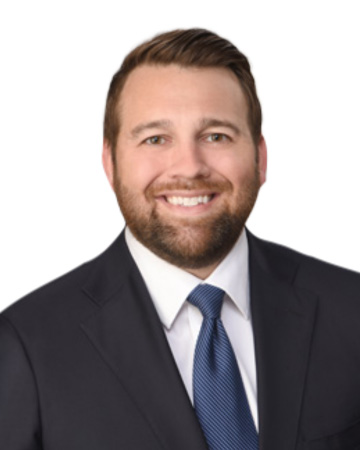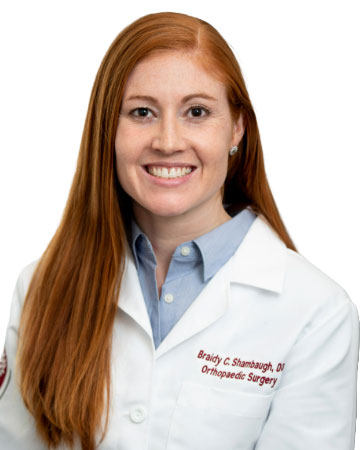- Locations
- Find a Physician
- By Physician
- By Department
- The Center for Spine Health
- Hand & Wrist Center
- Shoulder & Elbow Center
- Foot & Ankle Center
- Joint Replacement Center
- The Sports Medicine Center
- Pediatric Orthopedic Center
- Trauma & Fracture Center
- Osteoporosis and Bone Health
- Oncology Center
- Cartilage Repair Center
- Concussion Rehab Center
- OrthoDirect
- Careers
- Patient Portal
- Intranet
Shoulder & Elbow Center
The division of Shoulder and Elbow Surgery specializes in evaluating and treating patients with all varieties of musculoskeletal and neurological disorders that affect the shoulder, arm and elbow.
Understanding Shoulder Surgery
University Orthopedics shoulder and elbow specialists Dr. Andrew Green and Dr. Scott Paxton go into detail about the options for shoulder surgery. They discuss the different types of shoulder injuries, as well as surgery recovery, rehabilitation and physical therapy.
Upper extremity problems that affect the shoulder and elbow are very common. Patients can develop problems as a result of traumatic injuries, sports activities, work injuries and occupational disorders, and aging and degenerative conditions. These include rotator cuff tears and impingement, shoulder and elbow arthritis, fractures of the clavicle, scapula, humerus and elbow, neurologic problems. A full spectrum of non-operative treatments including physical therapy and injections are used to treat many of these problems. Surgical treatments include the latest in arthroscopic surgery, reconstructive and revision surgery, total joint replacement, fracture fixation, muscle and tendon transfers, nerve decompression, and reconstructive surgery for brachial plexus injuries.
Types of Surgeries Performed at University Orthopedics
University Orthopedic surgeons perform all types of shoulder, elbow and upper extremity surgery.
Shoulder
- Arthroscopic rotator cuff repair
- Arthroscopic labral repair
- Arthroscopic capsular shift
- Arthroscopic acromioplasty
- Arthroscopic capsular release
- Arthroscopic distal clavicle resection
- Open rotator cuff repair
- Open Bankart, capsular shift and other instability repairs
- Acromioclavicular joint reconstructions and repairs.
- Tendon transfer surgery
- Nerve decompressions
- Shoulder joint replacements including humeral head replacement, humeral head resurfacing, total shoulder replacement and reverse total shoulder replacement
- Nonunion and malunion surgery
- Fracture repairs for proximal humerus, glenoid, scapula, clavicle, humerus.
Elbow
- Elbow arthroscopy
- Elbow dislocations and instability
- Nerve decompressions
- Partial and total elbow replacements
- Contracture releases
- Ligament reconstruction
- Fracture repair for distal humerus, proximal ulna and radius
- Biceps tendon repair
- Tennis and golfer’s elbow
- Radial head replacement
Shoulder problems
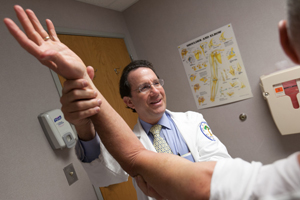
Each year, according to the American Association of Orthopaedic Surgeons, 7.5 million people go to the doctor for shoulder and arm pain. More than half of these injuries relate to rotator cuff problems, which involves the shoulder socket. Shoulder pain typically is linked to tears of the ligaments in the shoulder rather than damage to the bones themselves. The rotator cuff consists of a group of muscles and tendons that hold the bones of the shoulder joint together. When the rotator cuff is injured, a person is unable to lift overhead, throw or participate in sports.
Rotator cuff tears are the most common source of shoulder pain. Treating the problem can involve a combination of rehab or surgery depending on the extent of the tear. The surgeon may also consult with the patient to determine if they have time for non-surgical treatment options to work. Professional or college athletes, for example, may not have the time to allow for non-surgical treatment to work, and may have to accelerate recovery with rotator cuff surgery so they can return the following season.
Elbow problems
Tennis elbow (lateral epicondylitis) is the most common injury in patients seeking medical attention for elbow pain. It’s estimated that at some point, tennis elbow affects nearly half of those who play racquet sports. Exactly what causes tennis elbow is unknown, but it is thought to be due to small tears of the tendons that attach forearm muscles to the arm bone at the elbow joint. The inflammation that results from this injury can prevent someone from hitting a tennis ball without pain. For a tennis player, tennis elbow can be career-ending. While surgery is rarely needed, treatment can involve special therapy and exercises that extend to six months or more. Physical and occupational therapists at University Orthopedics play a significant role in the non-surgical treatment of upper extremity injuries, as success with therapy eliminates the need for surgical intervention.
Click here to learn more about the various conditions.

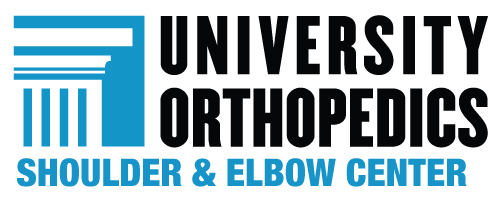
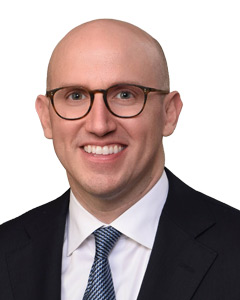
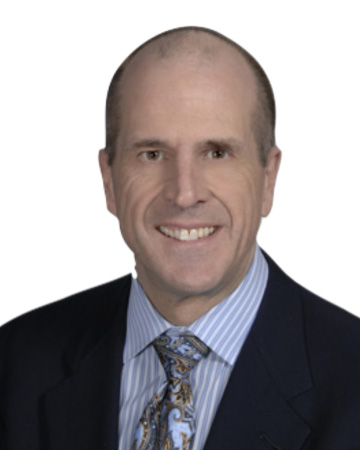 Michel Arcand, MD
Michel Arcand, MD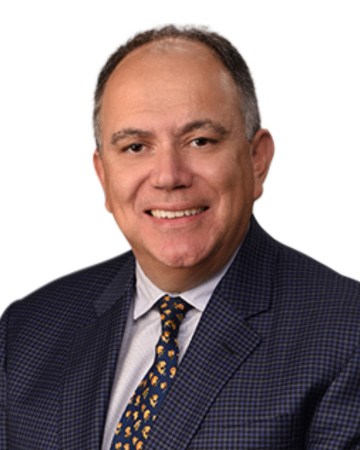
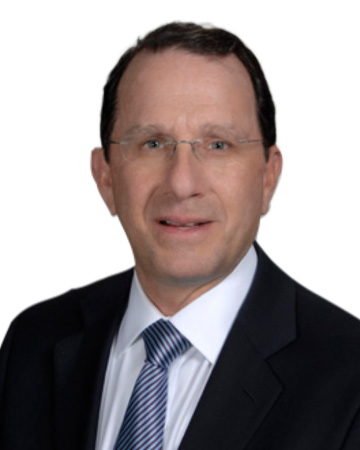
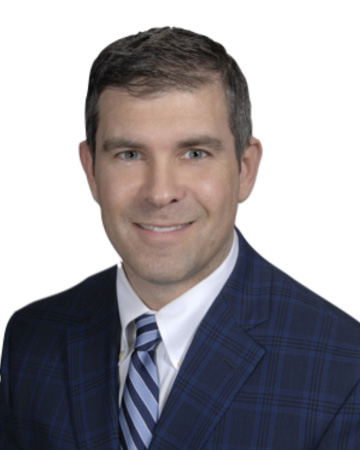
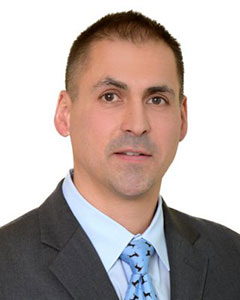 Raymond Pavlovich, MD
Raymond Pavlovich, MD